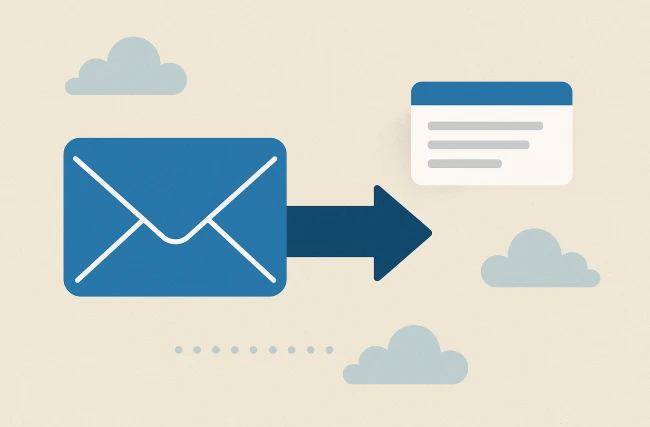In today’s digital landscape, cybersecurity threats are more prevalent than ever. Businesses of all sizes face risks from cyberattacks, insider threats, and accidental data breaches. One of the most effective ways to mitigate these risks is by restricting user permissions on your IT systems. But why is this so important, and how can it benefit your business? Let’s explore the key reasons why locking down user access is a smart move.
1. Enhancing Security and Preventing Cyber Threats
When users have unrestricted access to critical systems, it increases the risk of security breaches. Cybercriminals often exploit weak access controls to infiltrate networks, steal sensitive data, or deploy malware. By implementing the principle of least privilege (PoLP), where users only have access to the resources necessary for their job roles, you can significantly reduce your attack surface.
For example, if an employee only needs access to specific files or applications, granting them broader access exposes your business to unnecessary risks. A restricted permissions model ensures that, even if an account is compromised, the damage is limited.
2. Minimizing Human Errors and Data Breaches
Accidental data deletion, unauthorised file modifications, and inadvertent security misconfigurations are common causes of data breaches. Employees who have access beyond their required duties may unintentionally alter or delete crucial business information. By limiting permissions, you prevent these accidental mishaps and maintain the integrity of your business data.
3. Protecting Sensitive Information
Not every employee needs access to confidential data such as financial records, customer information, or proprietary business strategies. Restricting access to sensitive files helps safeguard this information from unauthorised viewing or sharing, ensuring compliance with data protection regulations such as GDPR, HIPAA, or SOC 2.
4. Reducing Insider Threats
While external cyber threats get most of the attention, insider threats—whether malicious or accidental—are just as dangerous. Employees with excessive privileges may misuse their access for personal gain, cause harm to the business, or unintentionally expose data. By limiting access, you minimise the risk of internal data leaks and unauthorised changes to critical systems.
5. Ensuring Compliance with Regulations
Many industries have strict compliance requirements related to data access and security. Regulatory bodies mandate businesses to implement strong access controls to protect sensitive information. By restricting user permissions, you demonstrate compliance with security standards, avoiding costly penalties and reputational damage.
6. Improving System Performance and Stability
Excessive user access can lead to unnecessary system modifications, software installations, or even accidental misconfigurations that degrade system performance. By controlling access, IT teams can maintain a stable and optimized environment, reducing downtime and enhancing overall system efficiency.
How to Implement Strong User Access Controls
To effectively lock down user permissions and improve security, follow these best practices:
- Adopt the Principle of Least Privilege (PoLP) – Grant employees only the access they need to perform their roles.
- Use Role-Based Access Control (RBAC) – Assign permissions based on job functions rather than individual users.
- Implement Multi-Factor Authentication (MFA) – Add an extra layer of security to prevent unauthorized access.
- Regularly Review Access Permissions – Conduct periodic audits to ensure permissions remain appropriate as roles change.
- Monitor User Activity – Use logging and monitoring tools to track access and detect suspicious behavior.
- Educate Employees on Security Best Practices – Train staff on cybersecurity awareness to prevent security lapses.
Conclusion
Restricting user permissions isn’t just about control—it’s about protecting your business, your data, and your customers. By implementing strong access controls, you reduce security risks, improve compliance, and create a safer, more efficient IT environment. In an era where cyber threats continue to evolve, taking proactive steps to lock down user permissions is an investment in your business’s long-term security and success.
If you haven’t already, now is the time to review your access control policies and take action to safeguard your IT systems. Your business’s security depends on it!




